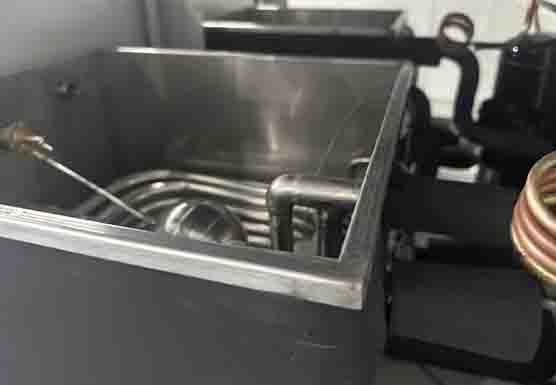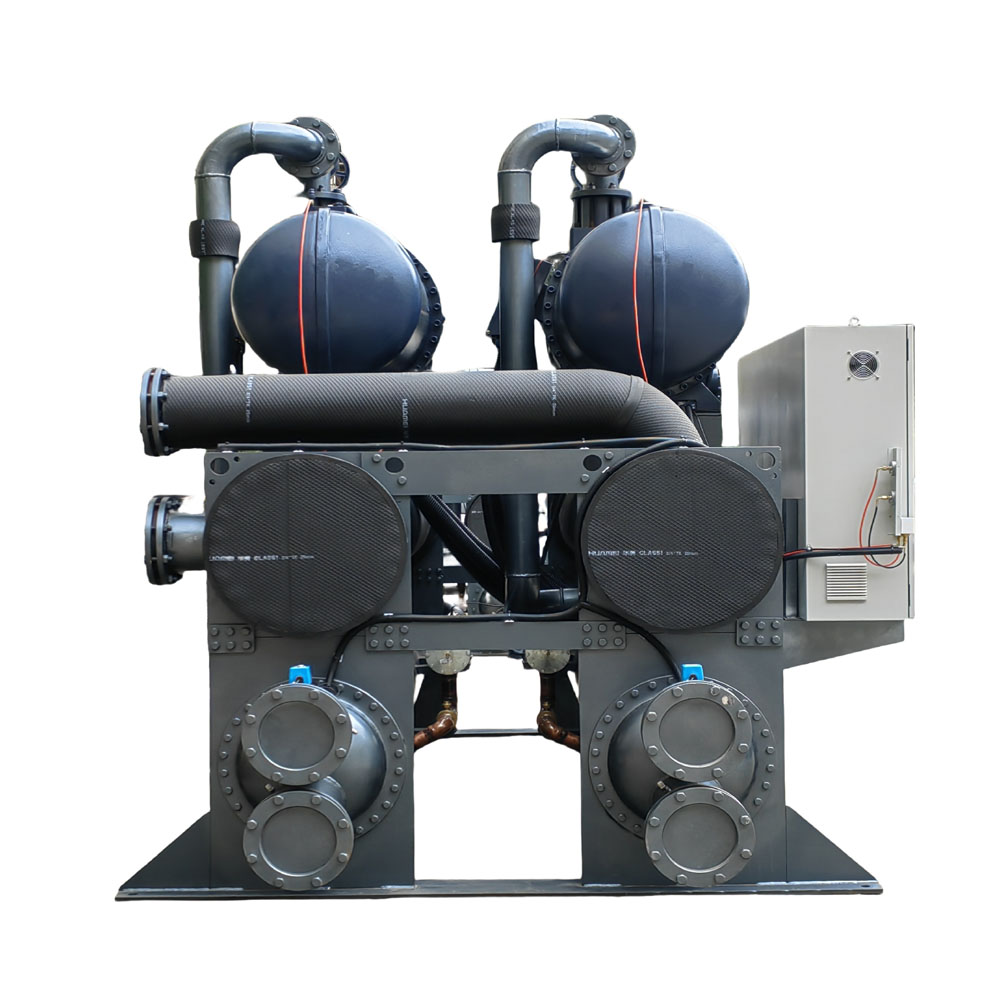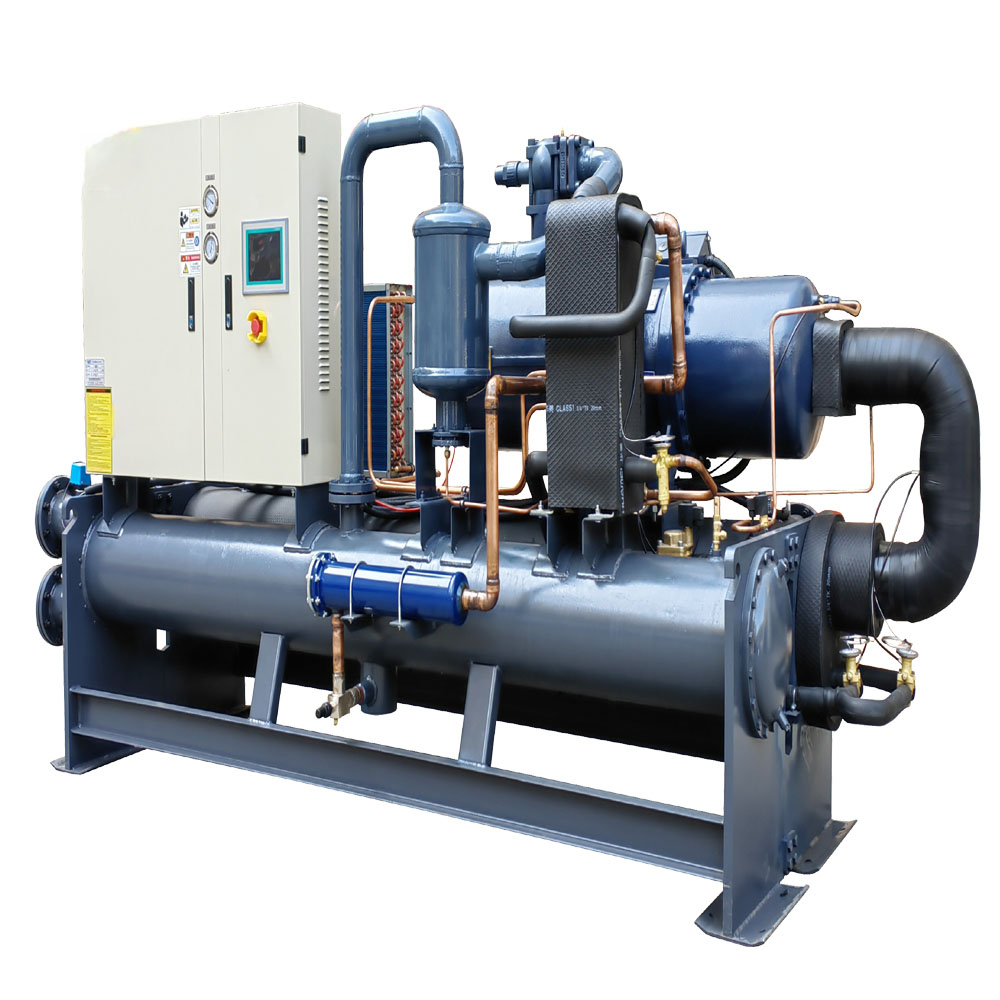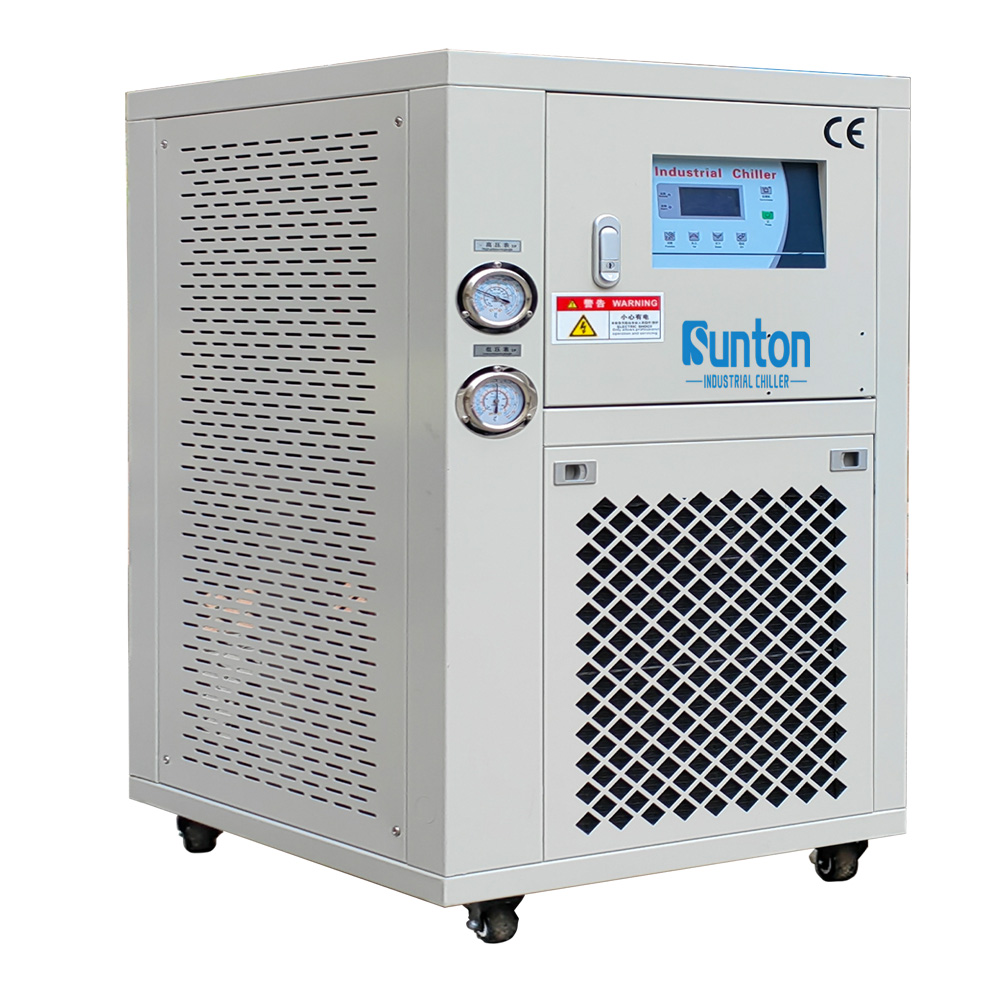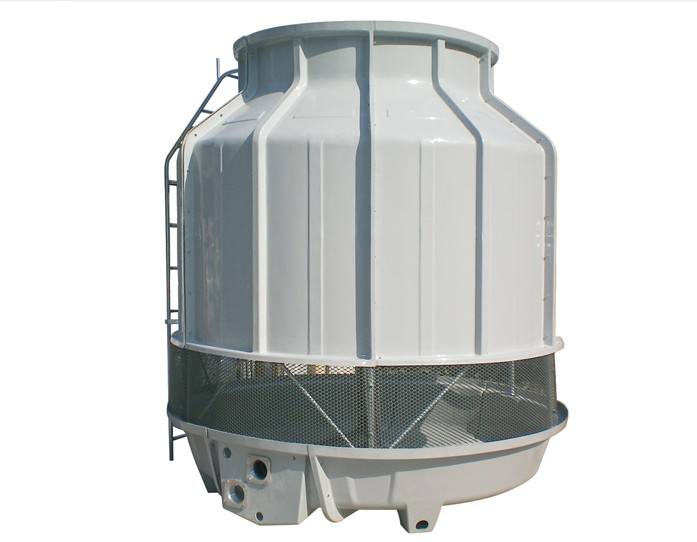-
Dalingshan Industrial Guangdong
Understanding Shell and Tube Heat Exchangers: Types and Applications
Unveiling the Power of Shell and Tube Heat Exchangers in Industrial Applications
In the realm of industrial manufacturing, where precision and efficiency are paramount, the shell and tube heat exchanger stands as a cornerstone in managing shell-and-tube heat exchangers heat transfer is crucial in shell and tube exchangers. processes. From CNC machining to chemical production, pharmaceuticals, electronics manufacturing often relies on specialized shell and tube exchangers., and the efficiency of shell-and-tube heat exchangers hospitals, these devices ensure optimal operational performance. This article will explore how shell and tube heat exchangers operate, their importance across various sectors, and why engaging with our specialized manufacturing plants is essential for achieving excellence in your industry.
Inhoudsopgave
- What is a Shell and Tube Heat Exchanger?
- How Shell and Tube Heat Exchangers Work
- Different Types of Shell and Tube Heat Exchangers, including those from the tubular exchanger manufacturers association.
- What are the Key Components of Shell and Tube Heat Exchangers?
- Why Choose Shell and Tube Heat Exchangers for CNC and Manufacturing?
- Understanding the Role of Heat Transfer in Industrial Settings
- How Do ASME Standards Ensure Quality?
- Maintaining Efficiency: Cleaning and Maintenance Insights
- FAQs about Shell and Tube Heat Exchangers
- Conclusion: Unlocking the True Potential of Heat Exchangers
What is a Shell and Tube Heat Exchanger?
A shell and tube heat exchanger is a type of mechanical device that facilitates heat exchange between two fluids. It is characterized by its cylindrical shell containing a bundle of tubes through which fluids pass, exchanging heat in the process.
Why are They Essential?
Shell and tube heat exchangers are crucial for maintaining temperature control across various industrial processes. Their versatile design allows them to handle high pressures and temperatures, making them indispensable in many sectors such as pharmaceuticals en electronics manufacturing.
- Versatility Across Industries: Applicable in multiple fields like chemical production, CNC, and healthcare.
- Efficient Heat Transfer: Facilitates precise temperature management essential for quality output.
- Robust Construction: Built to withstand extreme temperatures and pressures, ensuring long-lasting performance.
How Shell and Tube Heat Exchangers Work
These exchangers work by transferring heat between two fluids – one flowing inside the tubes and the other outside, within the shell. This process occurs without the fluids mixing, thanks to the tube walls.
Heat Transfer Dynamics
- Fluid Dynamics: Fluid flows through the tube side, while a second fluid circulates in the shell side, facilitating heat exchange.
- Efficient Design: The shell and tube design ensures maximum surface area for optimal heat transfer.
Shell and tube heat exchangers are designed to maintain a steady flow, minimizing the pressure drop and enhancing thermal efficiency.
Different Types of Shell and Tube Heat Exchangers
Understanding the various types of shell and tube heat exchangers helps in choosing the right setup for your application.
Fixed Tube Sheet Heat Exchangers
These have the tube sheets welded to the shell, ideal for applications without large temperature differences. They offer simplicity in construction and maintenance.
U-Tube Heat Exchangers
These allow the tube bundle to expand and contract due to thermal expansion. Ideal for handling high thermal stress, they can be easily cleaned by removing the tube bundle.
Floating Head Heat Exchangers
These exchangers provide flexibility in removing the tube bundle for maintenance, accommodating high thermal expansion and cleaning requirements.
What are the Key Components of Shell and Tube Heat Exchangers?
To appreciate their engineering, it’s vital to know the components of a shell and tube heat exchanger:
Core Components
- Tube Bundle: Includes tubes enclosed within the shell, facilitating fluid flow.
- Baffles: Installed to direct fluid flow across the tubes for improved heat transfer and efficiency in shell-and-tube heat exchangers.
- Tube Sheet: Crucial for securing the tubes in place and transferring heat.
These components ensure effective and efficient heat transfer, providing a streamlined process in various industrial applications.
Why Choose Shell and Tube Heat Exchangers for CNC and Manufacturing?
For tubular exchanger manufacturers association members, standards are key. CNC and other manufacturing processes, heat exchangers play a crucial role in maintaining machine efficiency and product quality.
Importance in Manufacturing
- Precision Control: Ensures consistent machine temperatures, preventing overheating.
- Energie-efficiëntie: Reduces energy consumption by optimizing thermal efficiency.
- Durability: Built to withstand heavy-duty industrial operations, reducing downtime and maintenance costs.
Examples abound of manufacturers benefiting from these devices to achieve precise thermal management and reduced operational costs.
Understanding the Role of Heat Transfer in Industrial Settings
In industrial processes, managing heat transfer with carbon steel components is vital. heat transfer is vital for efficiency and safety. These systems ensure operations run smoothly under demanding conditions.
Benefits of Effective Heat Management
- Increased Productivity: Maintains optimal temperature levels for continuous operations in carbon steel exchangers.
- Safety: Prevents overheating which can lead to equipment failure and unsafe working conditions.
- Quality Assurance: Enhances product quality through rigorous temperature control.
How Do ASME Standards Ensure Quality?
The ASME (American Society of Mechanical Engineers) sets standards ensuring the manufacture of reliable and safe pressure vessels like shell and tube heat exchangers.
ASME Contributions
- Certification from the manufacturers association ensures quality in heat exchangers.: Ensures equipment complies with safety and quality norms.
- Global Recognition: Trusted worldwide for its robust quality assurance processes.
- Compliance: Guarantees products meet rigorous engineering and safety standards.
Maintaining Efficiency: Cleaning and Maintenance Insights
Regular maintenance and cleaning are crucial for maintaining the efficiency of industrial shell and tube heat exchangers.
Best Practices
- Scheduled Cleaning: Helps in removing fouling and scaling, ensuring optimal heat transfer efficiency.
- Inspection: Regular checks of tube sheets and baffles for wear and tear.
- Technical Support is available for shell and tube exchanger manufacturers.: Engaging with expert solutions ensures longevity and performance.
FAQs about Shell and Tube Heat Exchangers
How can I choose the right shell and tube heat exchanger for my industry, considering the type of heat required?
Assess your operational needs, heat transfer requirements, and ASME standards compliance.
Temperature Range.
Pressure Rating.
Materials of Construction.
Thermal Efficiency.
Footprint.
Ease in Cleaning.
Fouling and Maintenance.
Shell and Tube Heat Exchanger
Why are shell and tube heat exchangers preferred in industrial settings?
Their versatility in handling various pressures and temperatures make them ideal across industries.
What maintenance is required for these heat exchangers?
Regular cleaning, inspection, and adherence to operational best practices ensure efficiency.
How do these heat exchangers support energy efficiency in manufacturing?
They optimize thermal management, reducing energy use and enhancing process efficiency.
Conclusion: Unlocking the True Potential of Heat Exchangers
Shell and tube heat exchangers are fundamental to achieving efficient and precise thermal management across diverse sectors like CNC, chemical production, and hospitals. By understanding their functionality and ensuring adherence to standards like ASME, manufacturers can unlock tremendous potential, enhancing product quality and operational efficiency. To explore sophisticated heat solutions tailored for your sector, contact us today.
Belangrijkste opmerkingen
- Versatile applications across various industries, essential for shell-and-tube heat exchanger performance. CNC and manufacturing.
- Effective heat management minimizes energy waste and improves safety in shell-and-tube heat exchangers.
- Different types offer solutions tailored to your specific heat transfer needs.
- Regular maintenance extends lifespan and enhances efficiency.
- Compliance with ASME standards ensures quality and safety.
Engage with our expertise at thewaterchiller.com to discover tailored solutions like our straight tube shell-and-tube heat exchangers. Cooling Tower or explore more advanced Low Temperature Chiller Cooling Solutions.



